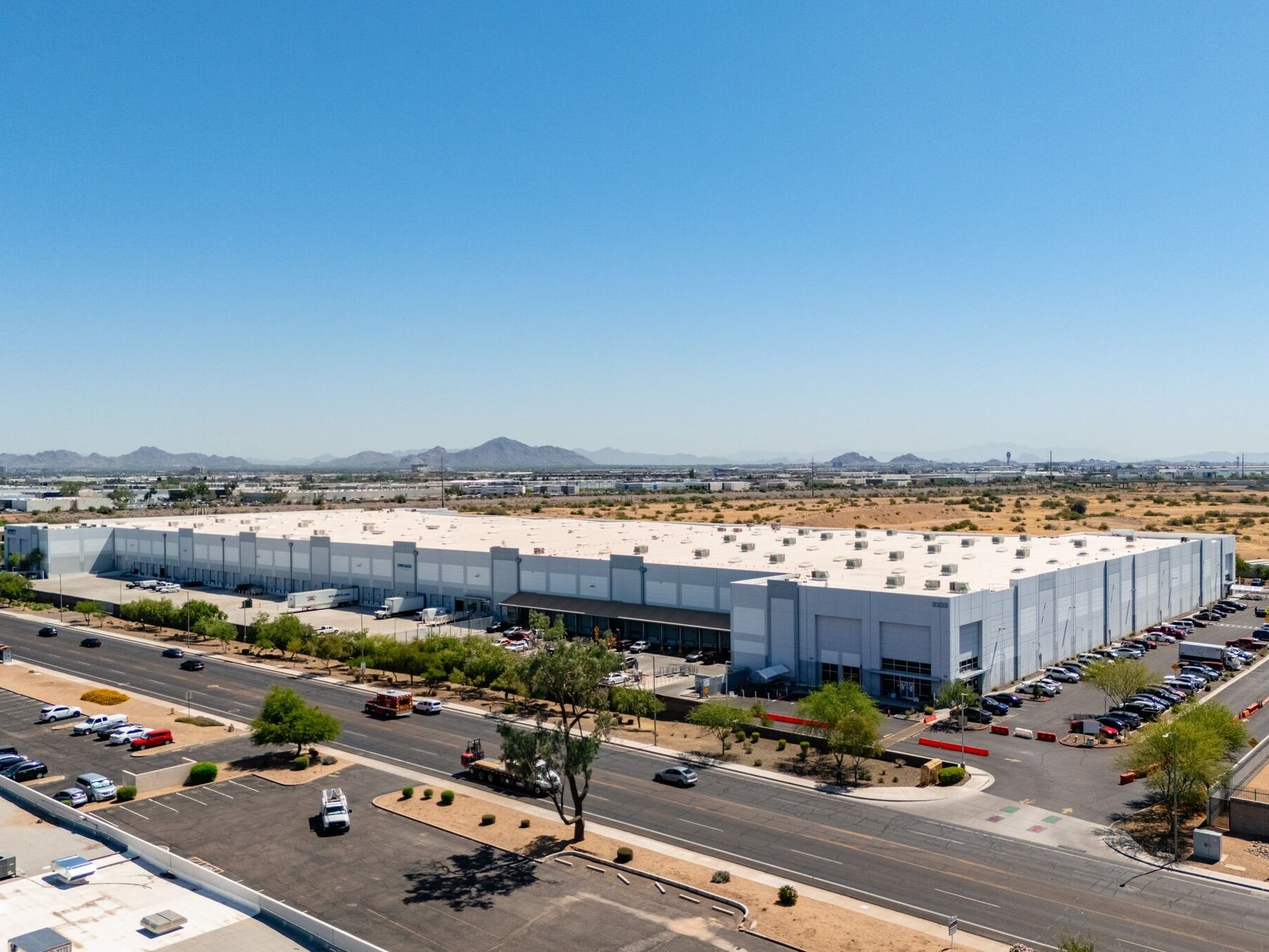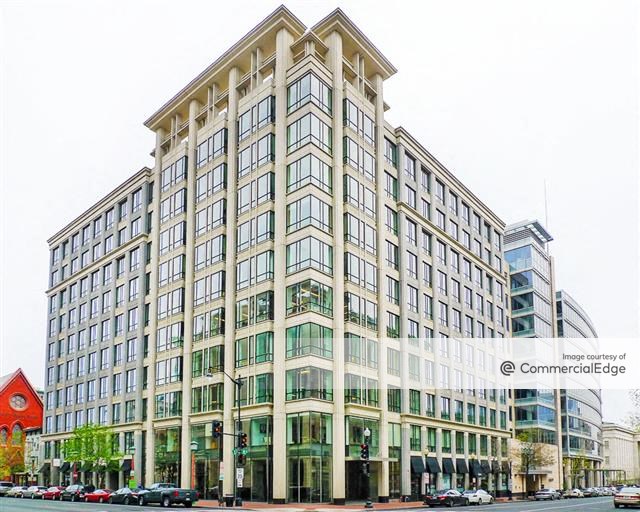End of the Tunnel
We are fast approaching the end of what feels like the longest year in history.
We are fast approaching the end of what feels like the longest year in history. While climbing COVID-19 numbers indicate that this year’s challenges are hardly over (is this wave three or four?), news of multiple strong vaccine results is providing a glimpse of light at the end of the tunnel.
It’s been a hard year in many ways. Hotel occupancies have been way down, to the point where some properties are being converted to multifamily. Shopping centers have seen an increase in already significant retailer fallout, requiring further reinvention. Many offices sit empty or barely occupied, although unlike with their consumer-focused brethren, in most cases leases remain intact, with corporate tenants allowing employees to work from home or organizing schedules to limit in-office use to smaller groups on staggered schedules. Investment volume has dropped significantly over last year, as sellers and buyers adopt a wait-and-see approach to the market. And while financiers are lending, loan-to-value is down, debt service coverage is up, and a growing number of loans are expected to face refinancing difficulty or forbearance challenges.
But it’s also been a year of steps forward. Many companies have discovered it’s possible to provide workplace flexibility while maintaining productivity. Industrial distribution has shifted back from just in time to just in case, striking a balance between efficiency and steady supply. Technological adoption and advancements have provided touch-free and controlled access to facilities of all kinds. Cleaning regimens and air filtration options have improved. And there is opportunity in loan acquisitions. Resilience is hardly universal, but improvements continue to emerge, and over time will be more widely implemented.
For the office sector in particular, the newfound flexibility might prove to be a positive. In fact, according to the newly released COVID-19 Commercial Real Estate Impact Study commissioned by the Building Owners and Managers Association (BOMA) International, underwritten by Yardi Systems Inc. and developed by Brightline Strategies, 74 percent of office decision-makers view their workplaces as vital to business operations, though 61 percent are likely to reassess how they use their space. If they are more likely to use the office for collaboration rather than individual work, they could reorient it, for instance, toward larger conference rooms, while continuing to encourage work-at-home or more localized coworking use for solitary endeavors. Meanwhile, those that do require in-office work will need to re-evaluate space per person. And while suburban office buildings are likely to recover first due to ease of access, urban demand will also eventually return, as Greg Isaacson relates in “Taking Stock of Office’s Future.”
We are not quite ready to step into the light. And when we do, we may have to blink a few times before we can focus. But as the tunnel grows shorter, it’s a good time to reach out to tenants and implement the changes that will give them confidence in their landlords and make them more comfortable occupying their properties and welcoming their clients and customers.







